TRCP’s “In the Arena” series highlights the individual voices of hunters and anglers who, as Theodore Roosevelt so famously said, strive valiantly in the worthy cause of conservation
Brianne Rogers
Hometown: Bozeman, Montana
Occupation: Public relations consultant
Conservation credentials: A lifelong sportswoman and advocate.Worked for senators Max Baucus and John Walsh to advance conservation initiatives in Montana and nationally. Currently champions the protection of public lands in Alaska.
Favorite conservation quote: “One does not hunt in order to kill; on the contrary, one kills in order to have hunted.”
For Brianne Rogers, hunting is about experiences shared in the field and around the campfire. Her commitment to conservation has taken her all the way from small meeting rooms in Montana to Alaska’s Izembek National Wildlife Refuge, where she advocates against the seizure of public lands by private interests.
Here is her story.
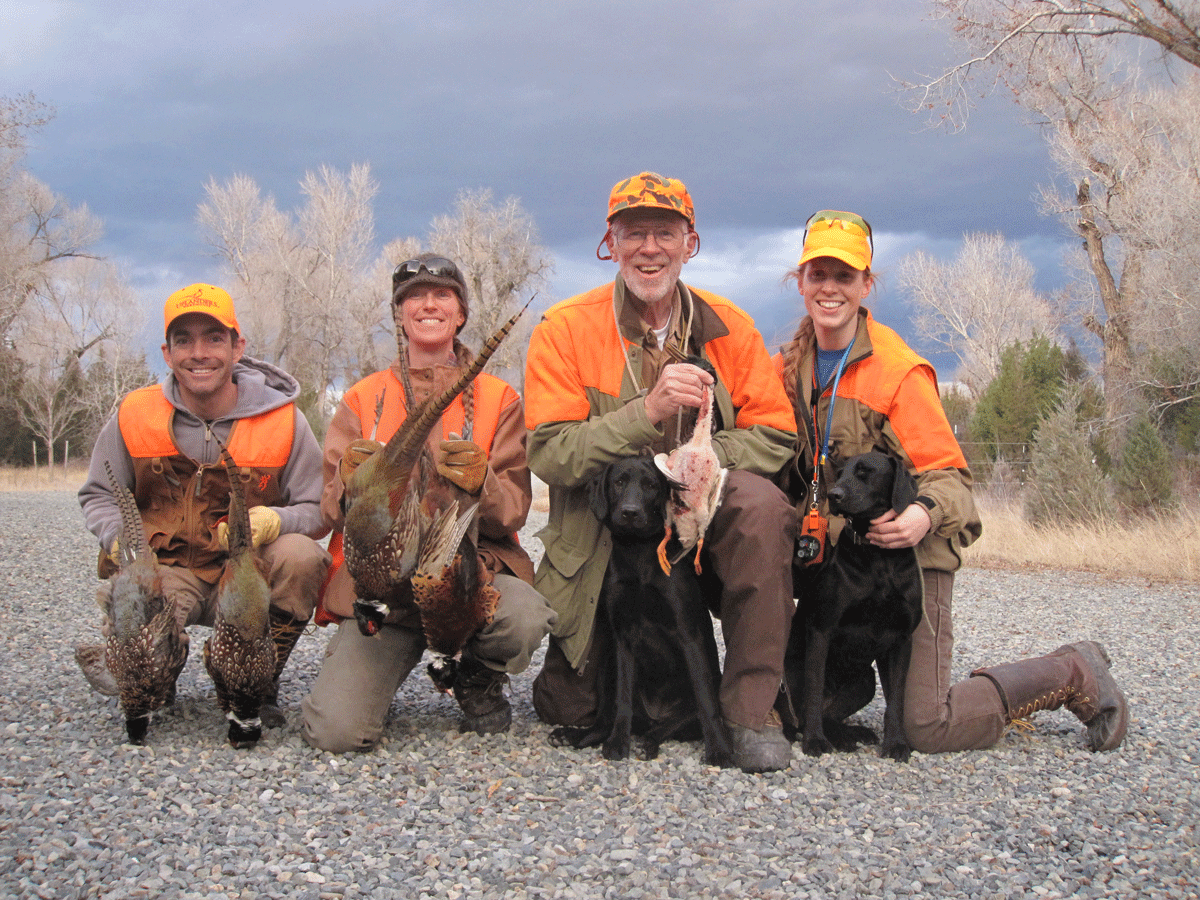
I was first introduced to hunting by my dad, Brian Rogers. He was raised hunting ducks with his father and still recounts the childhood excitement of bringing birds home to pluck and roast whole.
After college, I moved back to my home state of Montana, got a Labrador retriever, and learned to train her with my dad. We’ve since had endless fun upland bird hunting in Montana and waterfowling across Montana, Canada, and Alaska.
I’ve had so many memorable times hunting, but nothing will match the intensity of hunting for king eiders—a large sea duck—off the coast of St. Paul Island, Alaska. We boarded a 20-foot inflatable boat and struck out into the Bering Sea to navigate eight-to-ten-foot swells.
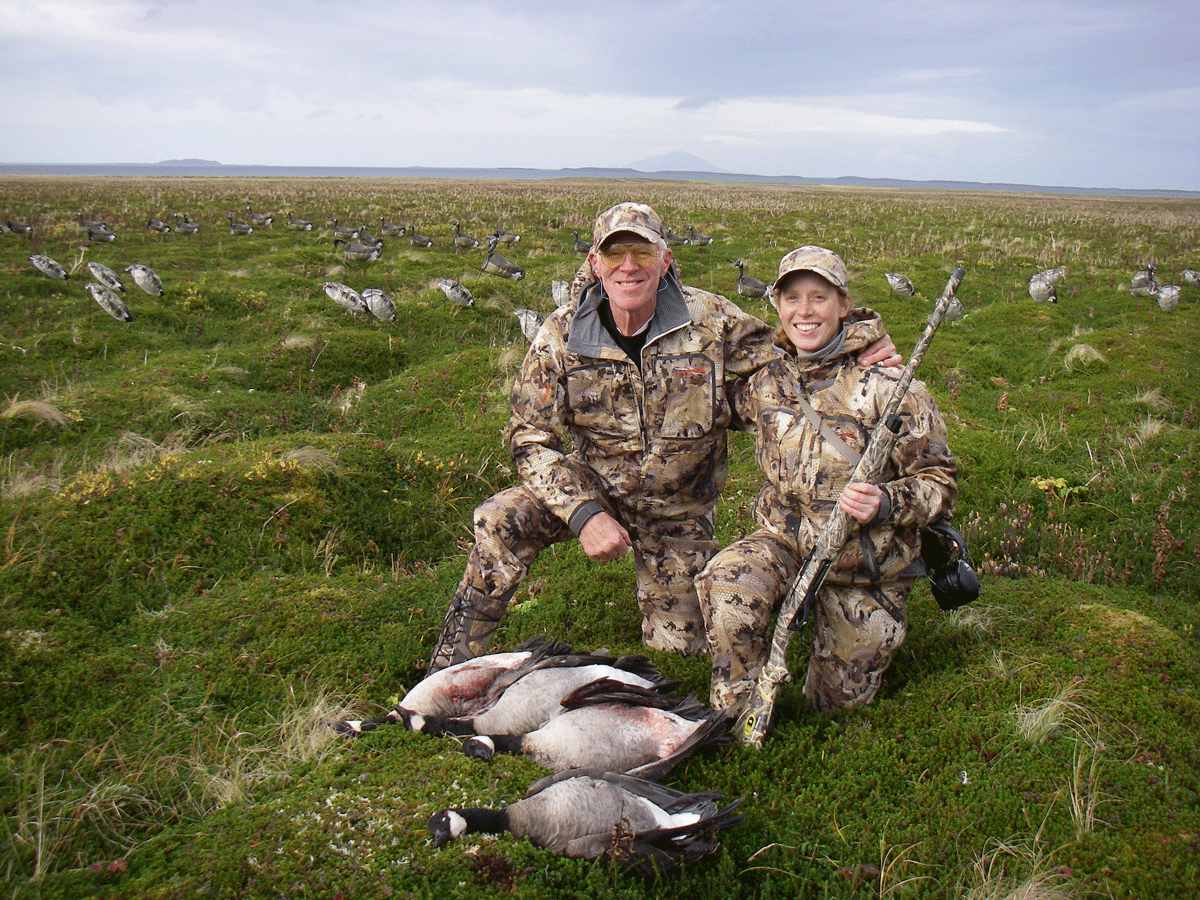
In conditions like that there’s no staying dry. Instead, you’re being hit with freezing walls of briny water as your captain scans the waves for a line of calm water indicating the edge of the reef. The birds fly this stretch as they’re moving from roosting to feeding areas, and a good captain will position their hunter along this edge to set up for the hunt.
Ours was one such captain.
Eider ducks can fly at speeds of 45 to 65 miles per hour, so once you spot one, you need to mount your gun and lead the bird 10 to 20 feet before firing. Taking one down was so satisfying, because there were no second chances. Anything but a clean hit meant this tough sea bird would dive behind a wave, never to be seen again.
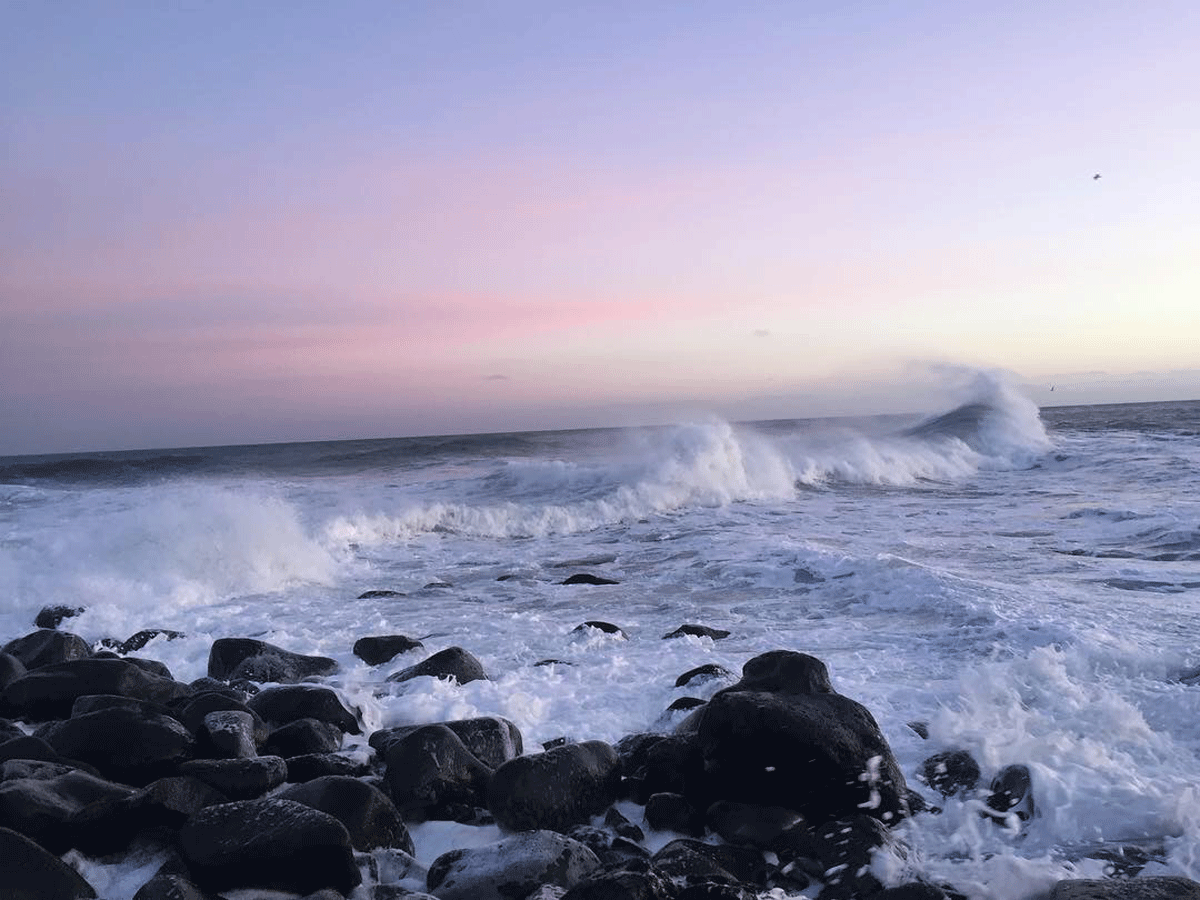
When hunting, location has always mattered less to me than the people I am with. The repartee and storytelling that comes at the end of a long day is hands down my favorite part of a hunting trip.
Hearing others share their favorite tales or having an older, more experienced hunter or colleague remind us of the “good ole days” always bring me back to something my dad shared with me decades ago: “One does not hunt in order to kill; on the contrary, one kills in order to have hunted.” The quote is from Spanish philosopher José Ortega y Gasset, and I think he captured the vital importance of hunter’s camaraderie perfectly. The shared experience that hunting engenders is so unique, it cannot be built in any other way.
I’ve focused my conservation advocacy on the Izembek National Wildlife Refuge in southwest Alaska. This 315,000-acre wilderness-and-wetland complex has remarkable expanses of eel grass and is vital to the survival of the world’s population of Pacific black brant and emperor geese. It’s an irreplaceable ecosystem that is facing a lot of challenges.
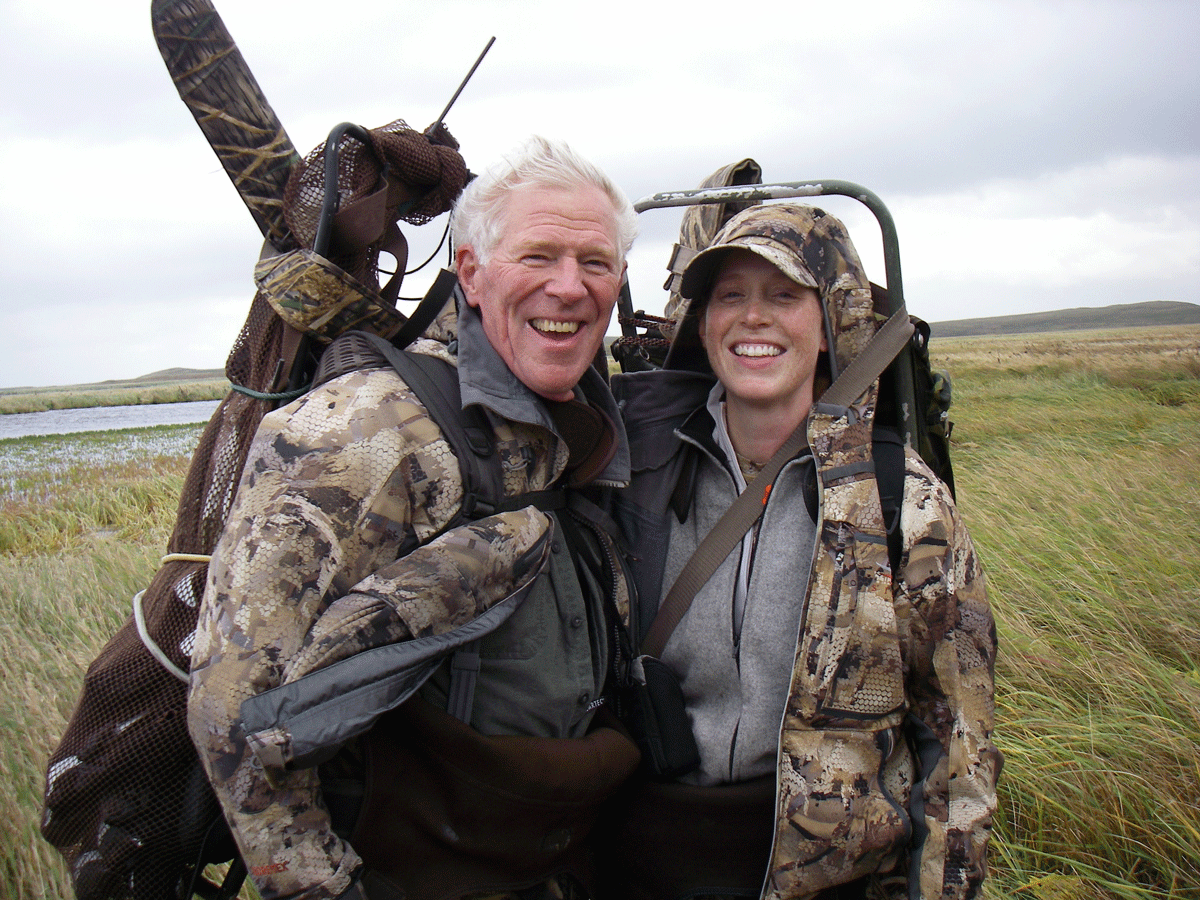
Designated as a Wetland of International Importance in 1986, this refuge has been beset with attempts by a foreign-owned company to de-list it from protected status in order to build a road that would bisect this wilderness. This seizure of public land has been prevented thanks to the work of many partners, thus avoiding setting a dangerous precedent for the opening of all wildlife refuges, national monuments, wilderness areas, and other public lands to economic development. However, if corporate interests remain, I fear that the threat will persist.
I spent my high school years helping my dad put his Townsend, Montana, ranch into a conservation easement. Every weekend, we planted shelter belts, cleared brush piles, reduced noxious weeds, and eventually watched the wetlands we constructed mature and flourish as a result of more balanced management.
Watching change like this firsthand has showed me what is possible if we bring folks of diverse backgrounds and upbringings together to be good stewards of our private and public lands.
Do you know someone “In the Arena” who should be featured here? Email info@trcp.org for a questionnaire.

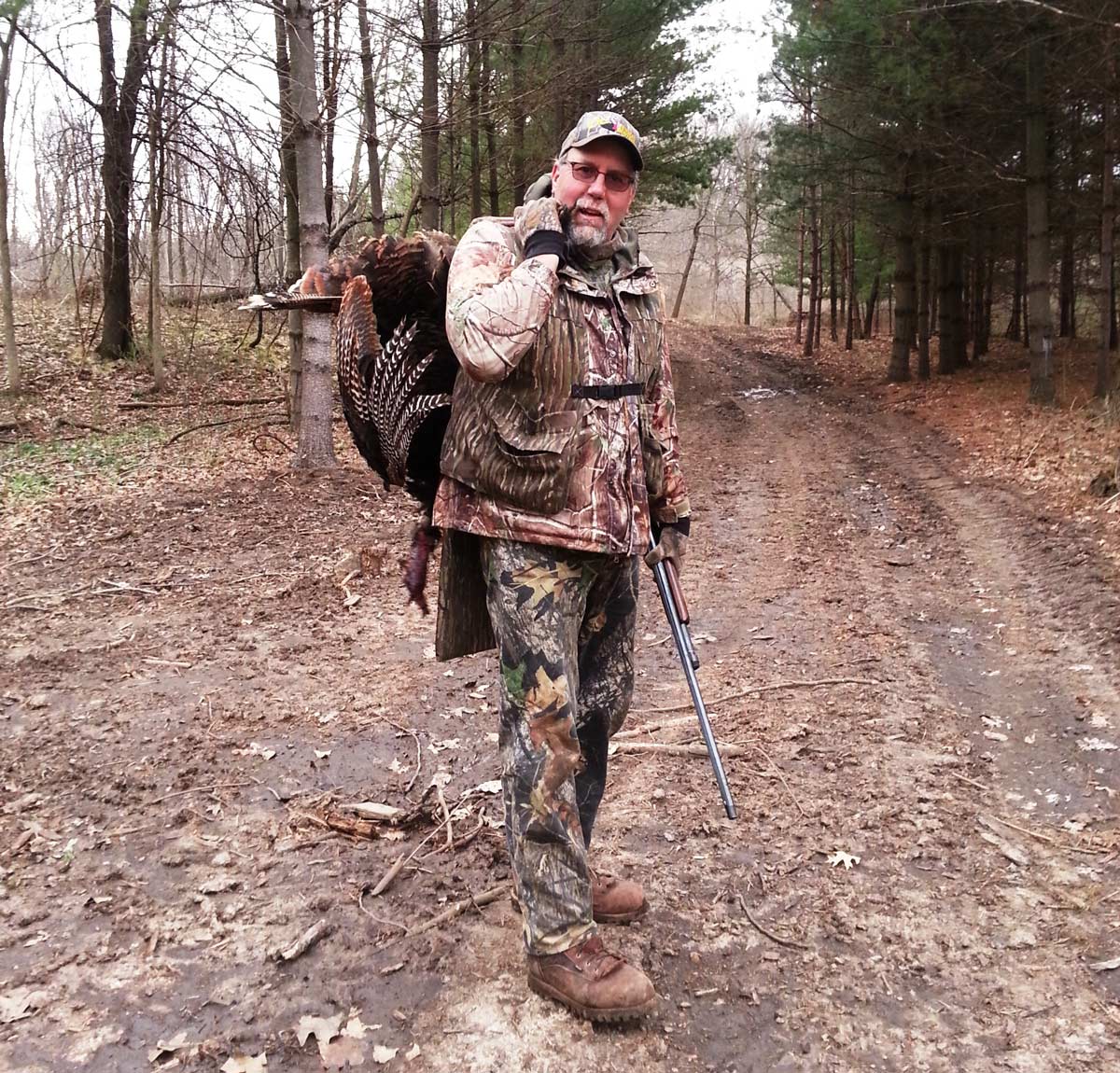
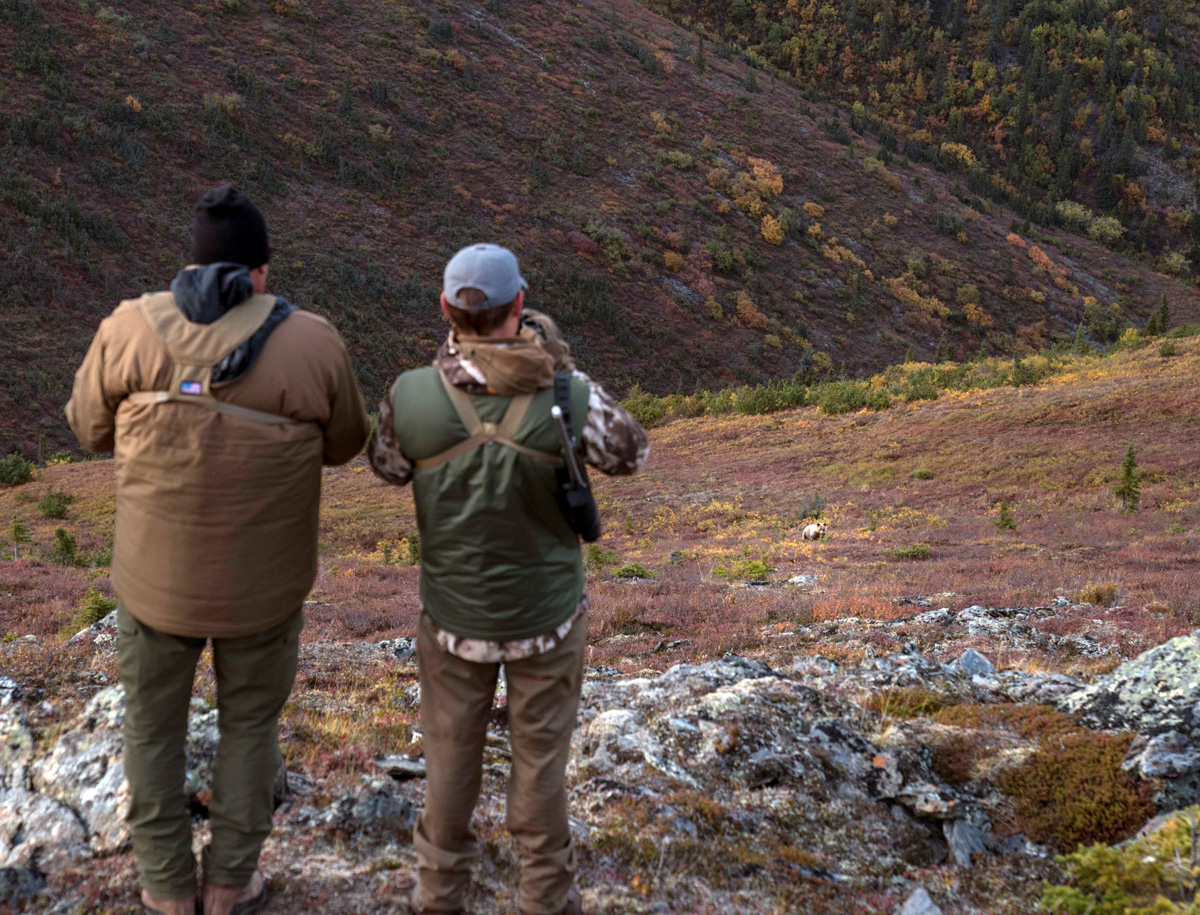
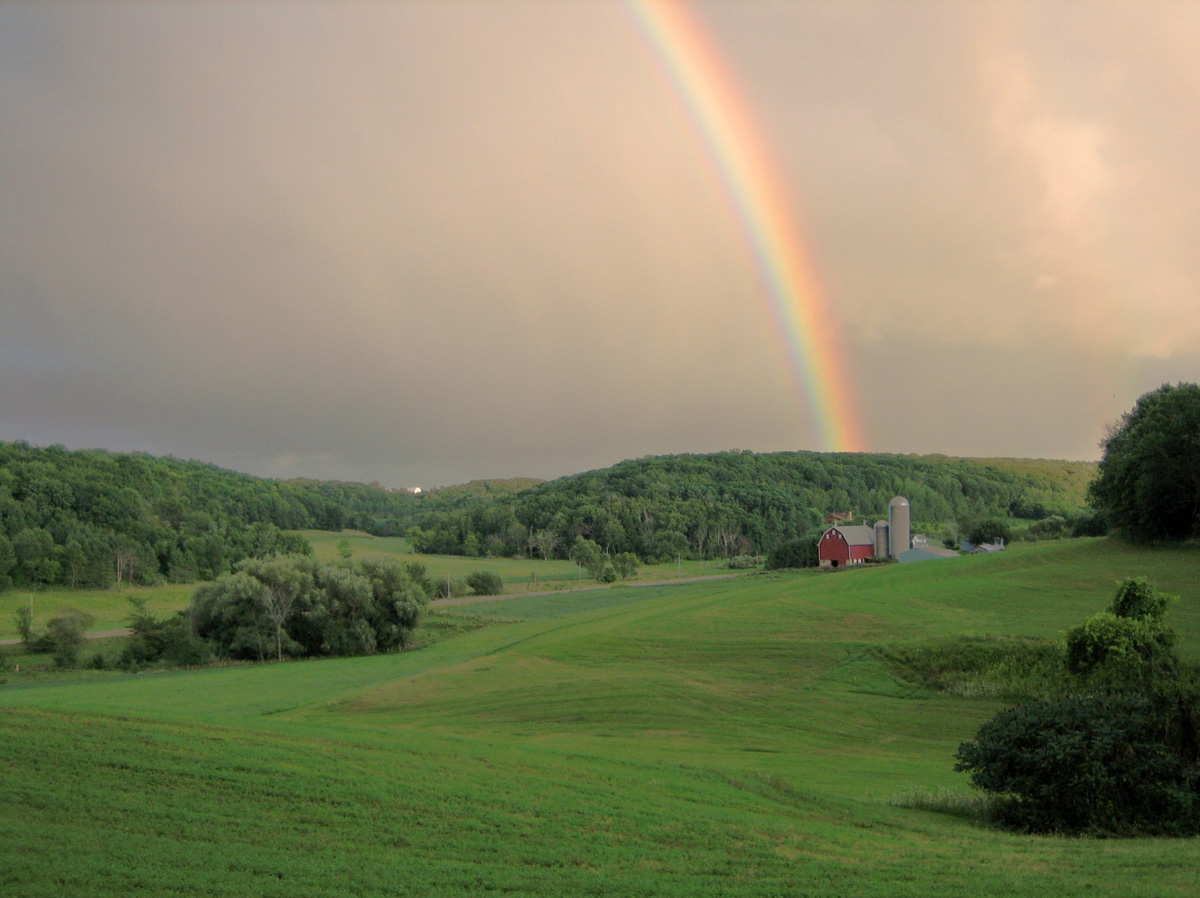
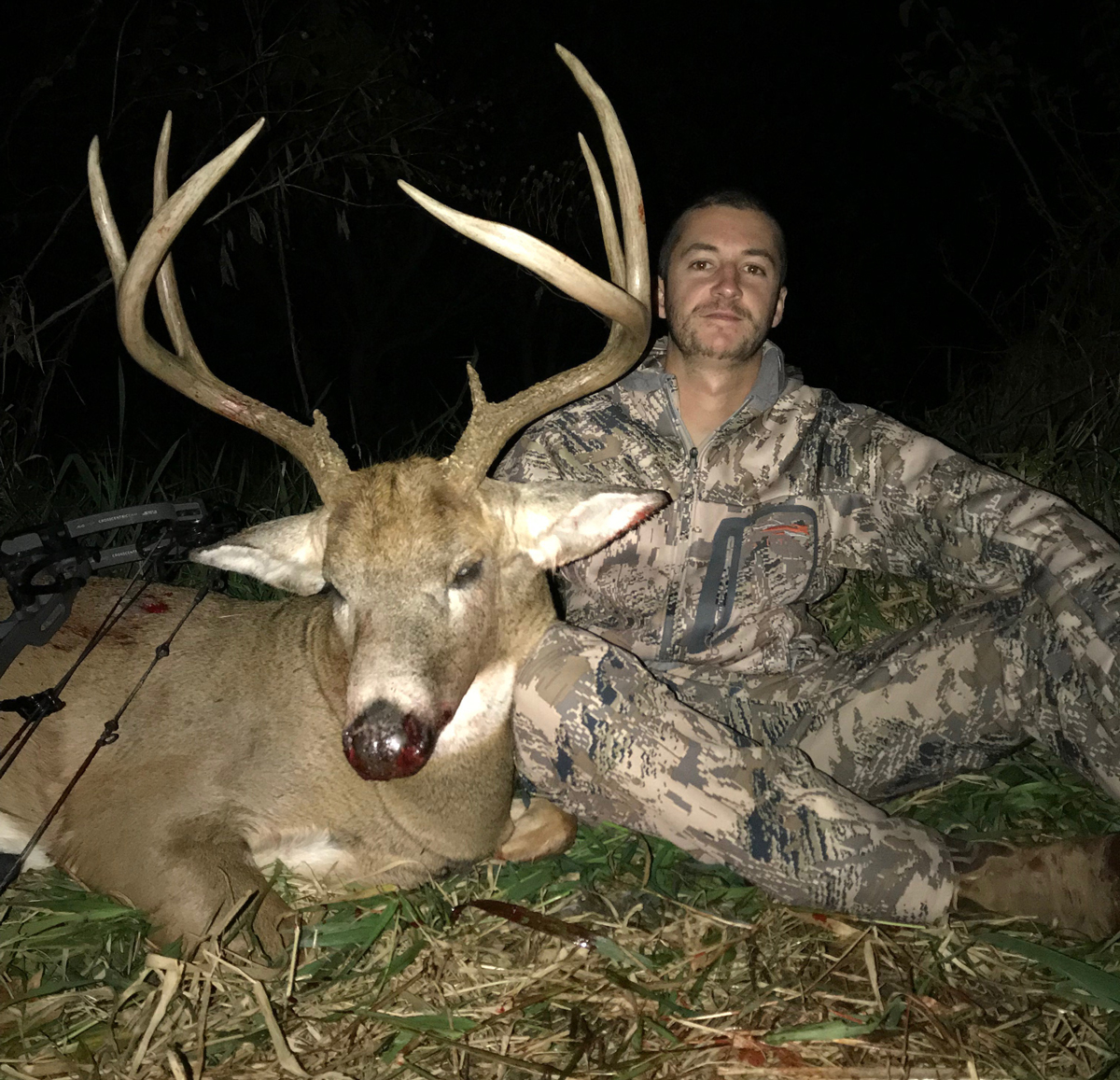
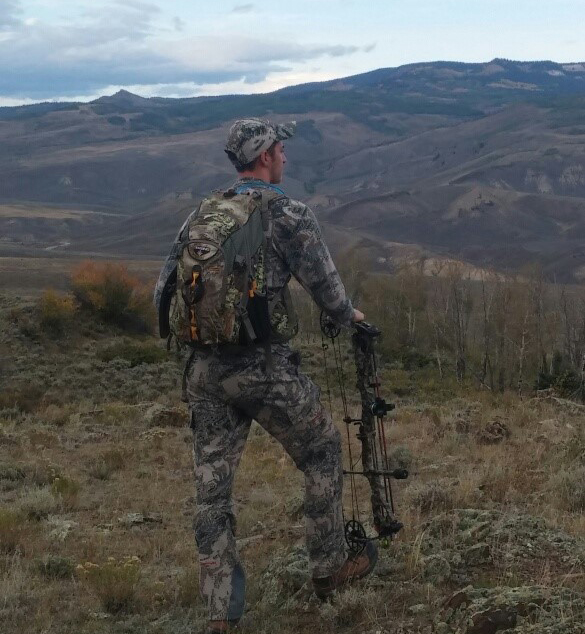
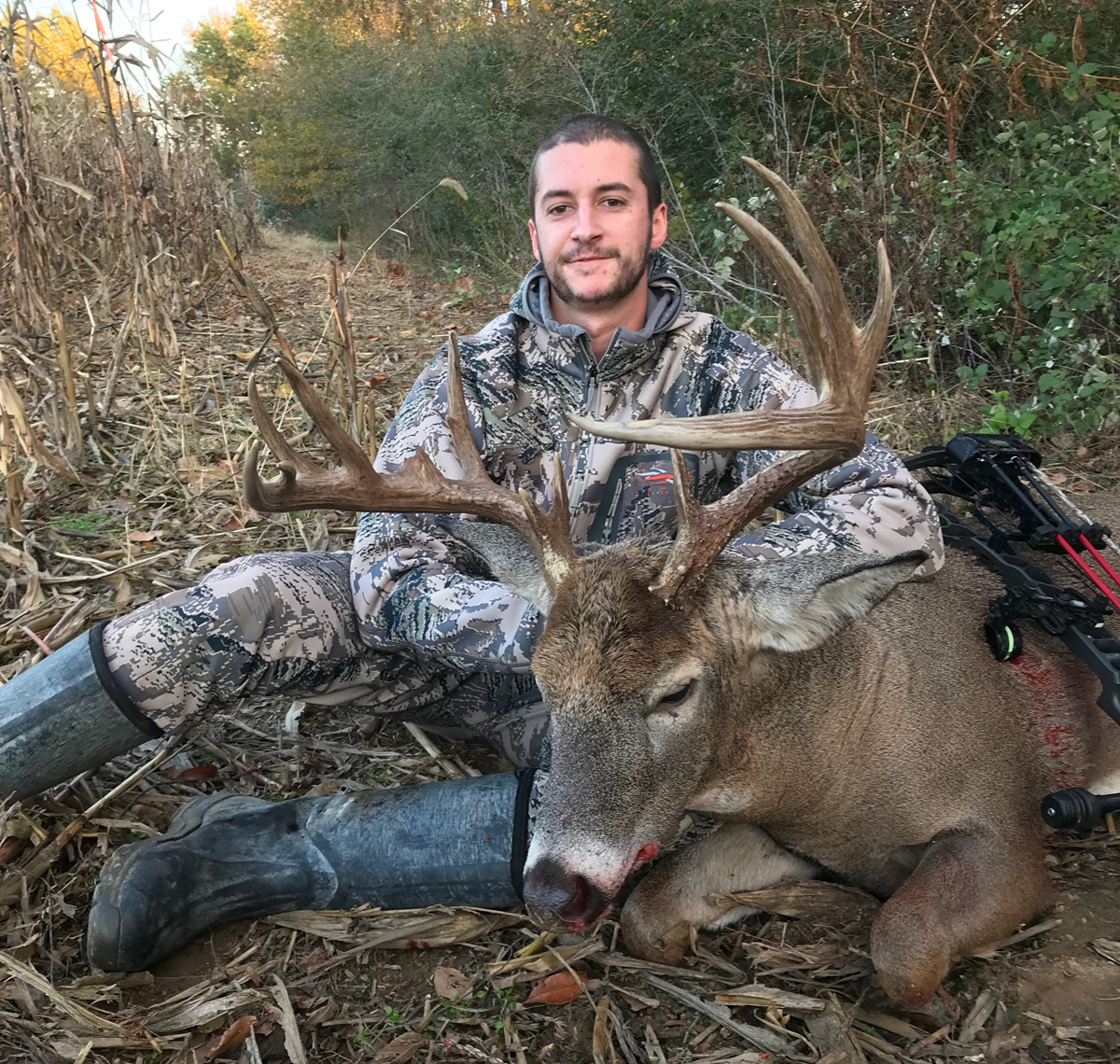
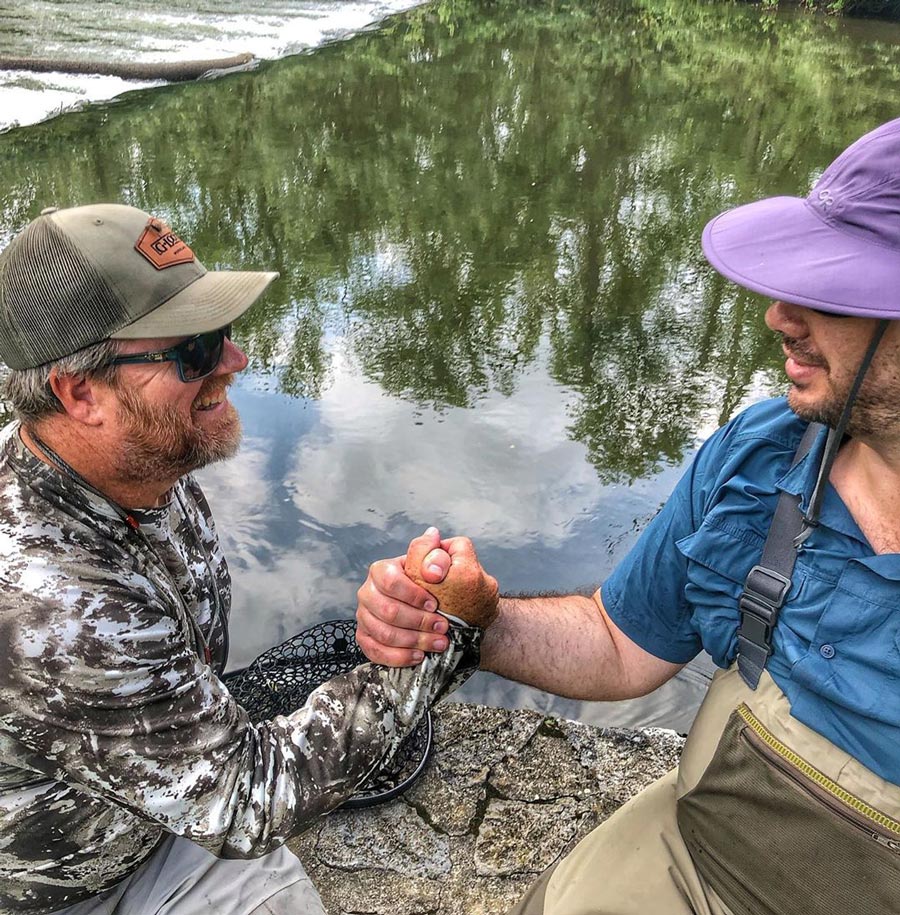
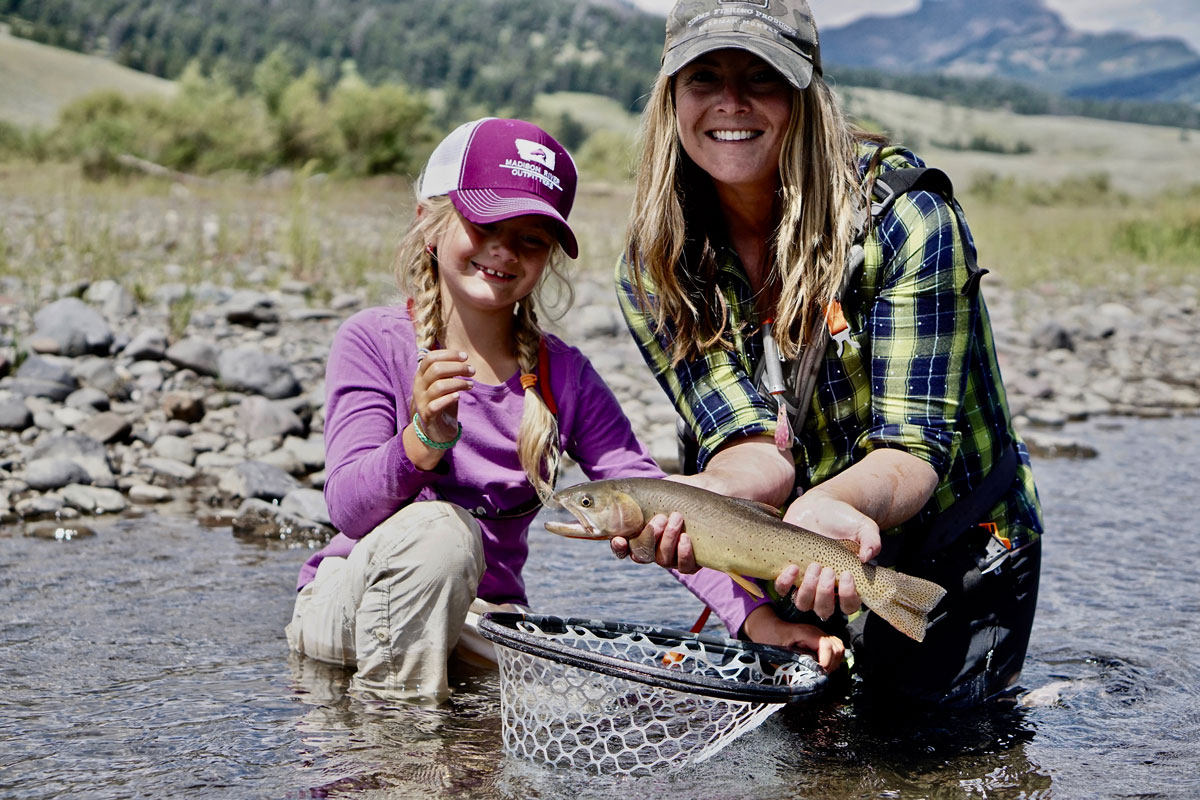
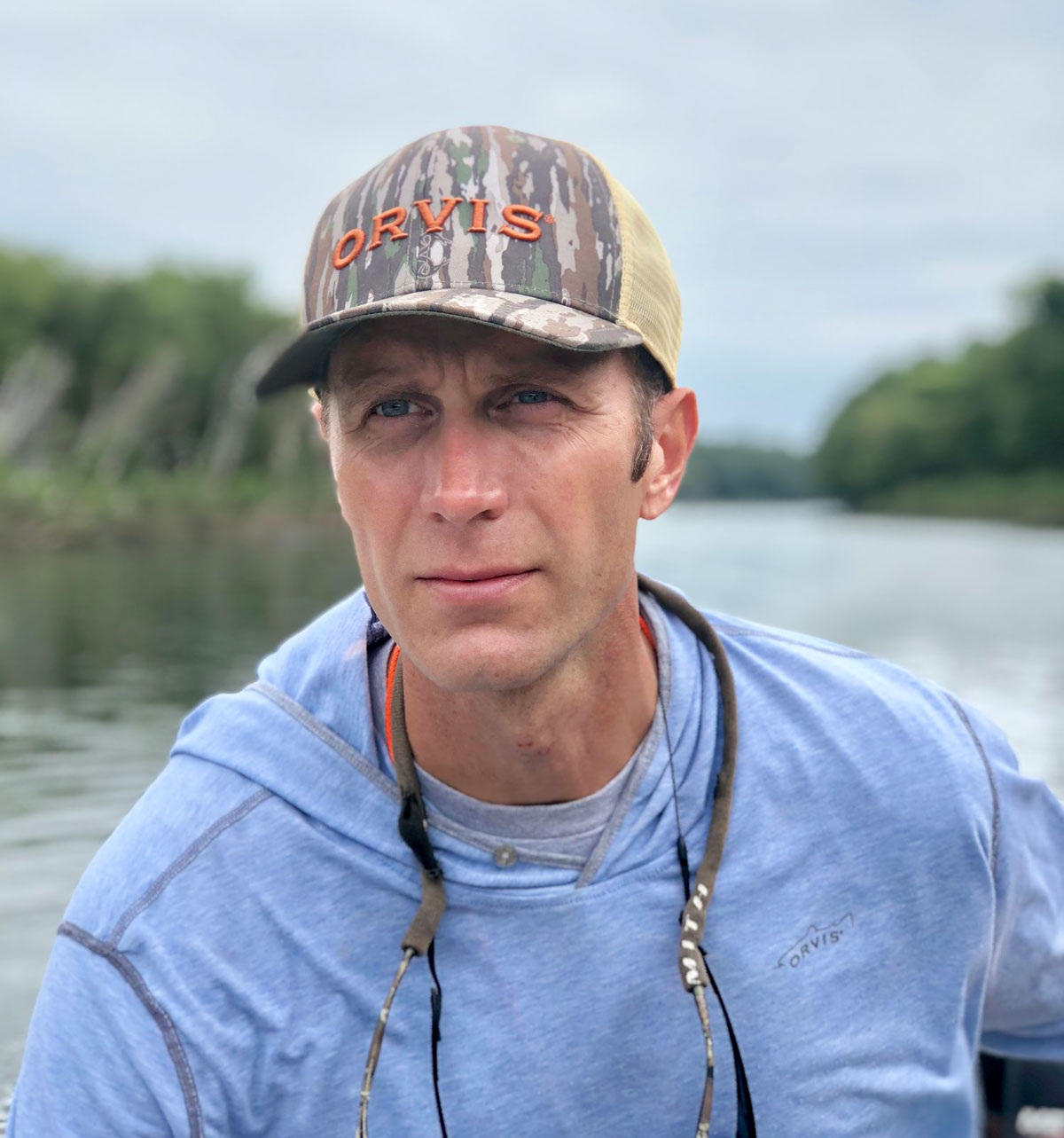
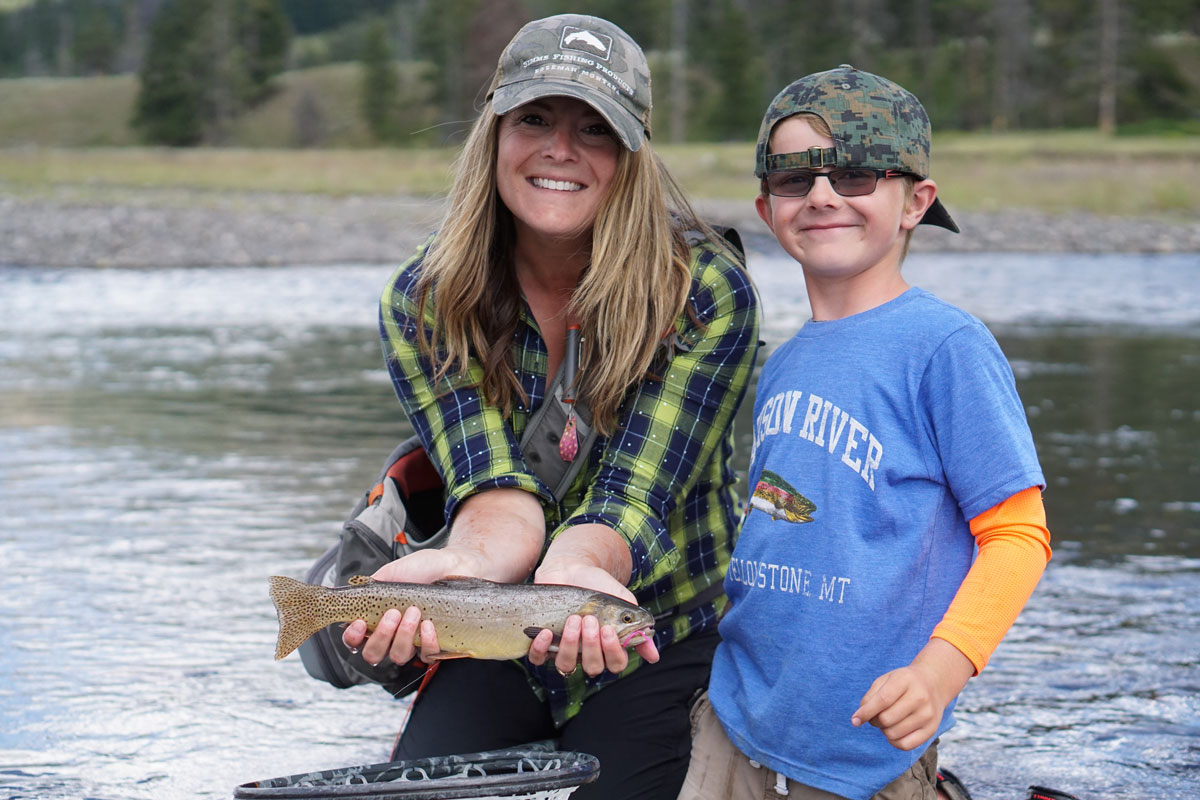




Great writing and thanks for the Ortega y Gasset quote.